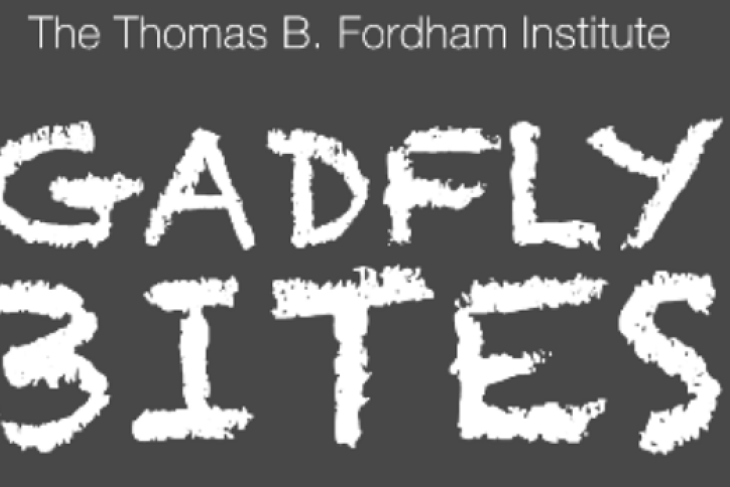- I’m not sure what about it resonates so well at the national level, but Fordham’s 2017 interdistrict open enrollment report was cited once again, in an opinion piece on district school access published this week. (The Hill, 9/24/19)
- Elected board members in Lorain have once again changed course on a renewal levy in the district. They had said they would pull the levy from the ballot if a CEO-led academic distress commission continued--so as not to "give the money to the CEO", but things are still status quo and the money is, apparently, more important. (The Morning-Journal, 9/24/19) Board members express weary, automaton-like hope that the ADC will still be gone in Lorain and that the money will be theirs to control. However, the Senate Education Committee and Senate leadership, citing a number of "unresolved issues" among them, have once again put a big question mark over any changes to the ADC paradigm in the near future. (Gongwer Ohio, 9/24/19)
- Kudos to Steubenville City Schools for once again showing that income is not destiny when it comes to educational performance. As promised, the good folks at Cleveland.com extended their income/report card “trend” analysis to show us those districts beating the odds and delivering far better performance index scores than their median income levels would predict. (Although you got to dig through a lot of miniature spreadsheet thumbnails to get there.) Tiny Steubenville, along the Ohio River across from West Virginia, came out on top as in previous recent years. And it had some very interesting and important company as well—districts we can probably learn a lot from. That is, as long as we don’t buy in to the reporter’s suggestion that the answer is “lots of kids attending private schools”. I am reasonably certain there is some other, more proactive, reason. (Cleveland.com, 9/24/19).
- Once again, we have a superintendent twisting himself in verbal knots to disavow school report cards and what they mean while simultaneously celebrating the district’s rise from an F to a D and while explaining how the F report card cause them to identify weak spots and “restructure” to improve. To wit: “Fourth- and fifth-grade math showed up as real weak points last year. We saw three years of declining proficiency scores in those areas, and we knew those sent ripples through the measures in the report card.” JUST LIKE THEY’RE SUPPOSED TO! Dude sounds like he’s attempting a triple twist to me. Too bad he couldn’t stick the rhetorical landing. (The News-Herald, 9/24/19)
Did you know you can have every edition of Gadfly Bites sent directly to your Inbox (in case you want to check out all the rhetorical flips by signing up for such a newsletter)? Subscribe by clicking here.
Policy Priority:
Topics:


